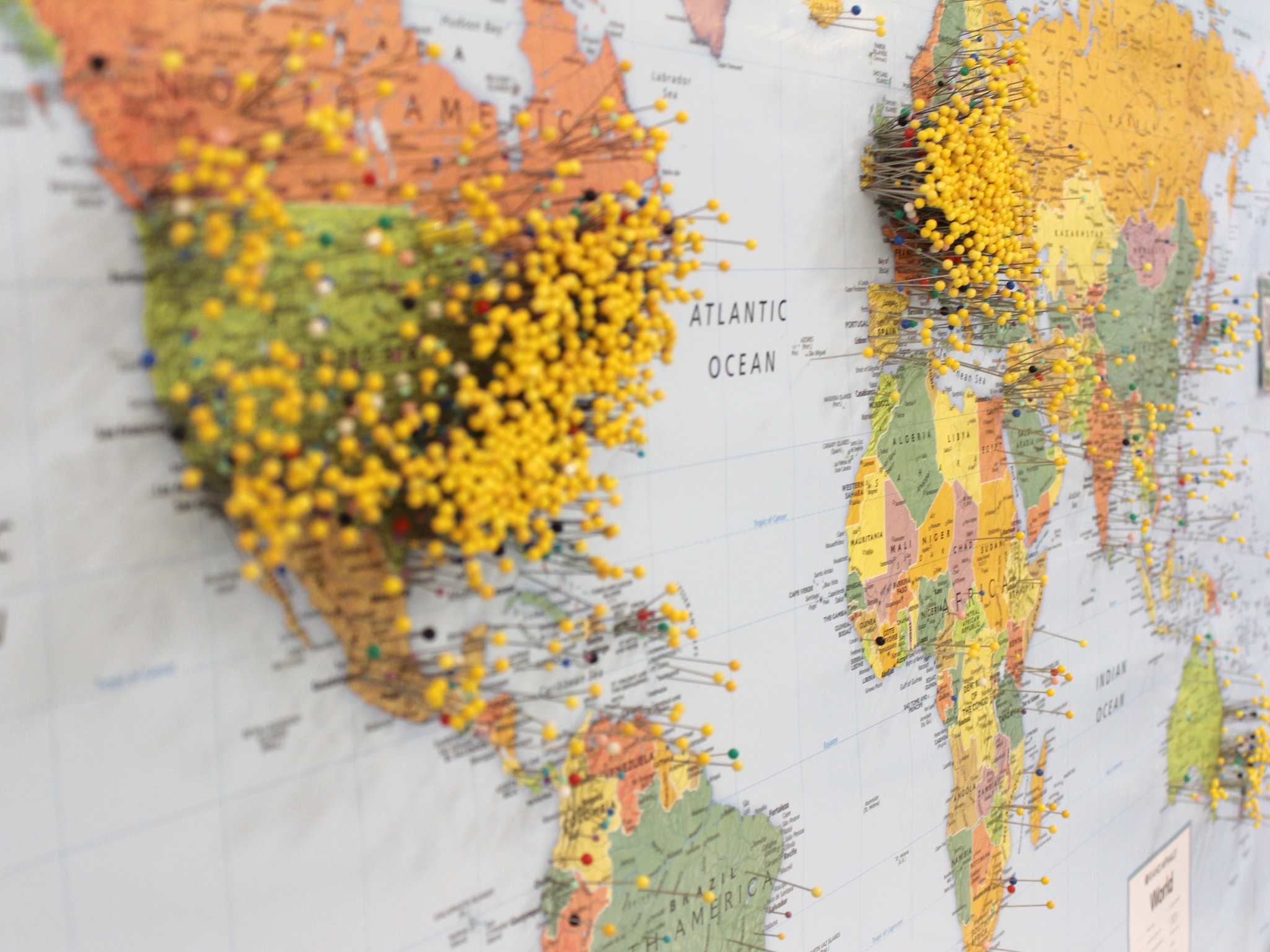Waters of Wonder
This piece was originally published in the December 2018 - March 2019 issue of our journal, Vol. 4, Issue 3: Neighbors.
Winding through valleys and hills, small towns and big cities, rivers have played a crucial role in molding the landscape of Tennessee. A land rich in biodiversity, the many lakes and rivers that make up this portion of the country tell a fascinating story of traditions, cultures, and creativity. While bumping along on gravel back roads in Benton County, it’s easy to feel a complete disconnect from any sort of link to the world beyond Tennessee. Due to the serendipitous combination of minerals, water levels, and wildlife, a small Tennessee town has a direct connection to Japanese culture and commerce. Just an hour northeast of Jackson and tucked away in a slough of Birdsong Creek, a tributary of the Tennessee River’s Kentucky Lake, the Tennessee Freshwater Pearl Farm and Showroom is the only freshwater pearl culturing farm in the United States.
John Latendresse, a native of Japan, founded the Camden farm in 1984 as the result of a successful attempt to appropriate Japanese culturing techniques on freshwater mussels. The business is now owned by Robert G. Keast, who manages the farm, museum, and marina on the property. Although locals may not be aware of this treasure in their own backyard, the biodiversity and mineral wealth of Tennessee waters were worth enough to move a family all the way from Japan to a tiny rural town on the river. Freshwater pearls were already present, although fairly rare, in Tennessee’s native mussel species, which gave Latendresse the confidence he needed to begin the culturing process, and thus a business was born.
To get a real glimpse into the process of culturing pearls, I was introduced to John Nerren, the diver for Birdsong Marina and the Pearl Museum. He’s been working in these waters his whole life. Following in his father’s footsteps, Nerren began diving at the age of fourteen. The career that has almost cost him his life on multiple occasions has a mysterious way of continuing to draw him back to those murky waters, a siren song.
When asked why he continued diving after so many close calls, Nerren ran to his truck to retrieve a copy of National Geographic, an issue from April of 1960. He cautiously pulled the magazine out of its plastic sleeve and flipped through the pages to a story on Jacques Cousteau. Holding the magazine like a prized family heirloom, he described the influence and adventure Cousteau’s story imprinted on his young mind. Nerren has found a life on and under the waters that has given him purpose in the midst of hardships.
While skidding along on the surface of choppy waters, he bounced back and forth between perilous diving stories, Native American history, and wild mythology. His straw hat perched perfectly atop his head as if it were a part of him as he told wandering stories; a ring from an eight-year-old pearl shimmered on his weathered hands. Nerren is the river embodied: its wild edges, its changing and evolving stories, and its enduring legacy.
We rode a pontoon boat past the marina and into a more open space where we could see the grandeur of Kentucky Lake. The brown water below us almost seemed blue and crystalline as it shimmered in the sun. Nerren pointed out all of the islands where Native American artifacts had been found, and we zoomed past remnants of old fishing huts.
Our trip wouldn’t have been complete, though, without an intimate glance into the process of harvesting the pearls.
Long PVC pipes float out a ways from the bank, holding nets heavy with mussels. Each of the mussels contains a cultured piece of shell that was hollowed out from an existing mollusk shell, shaped into the desired form, and placed within the soft tissue of the mussel. For the next few years the mussel will live in the shallow creek bed, slowly forming the carved piece into a shiny pearl. In the wild, natural pearls are created when small pieces of minerals, tiny creatures, or other foreign objects are introduced into the tissue of the mussel. The mollusk then forms a protective shield around the object, resulting in a pearl. The culturing process produces pearls of specific shapes and sizes, without relying on chance, and as a diver, Nerren gets to see this natural miracle up close and personal each and every day.
Middle and West Tennessee both have a story to tell about ecology, culture, and biodiversity and how people throughout time have invested in, utilized, and even destroyed those valuable resources. Before visiting the museum, I had imagined it as nothing more than a tourist attraction along the interstate. After I jumped off the boat and helped anchor the ropes to the dock, I felt that this operation was more of a glimpse into life on the water.
“This water’s in my veins,” Nerren said. And I believe him. While the cultured pearl industry is fascinating, and I’ll leave you to your own conclusions about the manufacturing of pearls, I do think we should all have a deeper appreciation for the waters that bring life to our country and connect us to cultures far beyond our borders.
The Tennessee Freshwater Pearl Farm and Showroom is located at 255 Marina Road in Camden and is open every day from 8:00 A.M. to 6:00 P.M. To learn more, visit their website or call them at 731.584.7780.
Cari Griffith is a photographer by trade who loves storytelling of all kinds. After a couple of years away in Nashville, she and her husband Rob decided Jackson was calling them home, and they moved back to their beloved Lambuth area neighborhood. Cari's other loves include gardening, cooking, sharing meals with her friends, and trying to talk Rob into getting a dog.

































